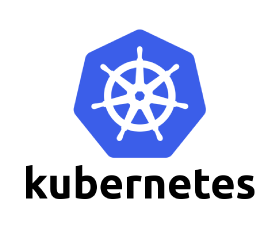Kubernetes - Assigning Pod to Nodes
Learn how to use Kubernetes nodeSelector to assign pod to particular nodes

Intro
Currently Kubernetes support nodeSelector, affinity and anti-affinity to constraint pod to run on paritcular nodes. In this post, you will learn how to assign pod to specifc nodes by nodeSelector.
Hands-On
Show Labels
$ kubectl get nodes --show-labels
NAME STATUS AGE LABELS
192.168.1.1 Ready 4d beta.kubernetes.io/arch=amd64,beta.kubernetes.io/os=linux,kubernetes.io/hostname=192.168.1.1
192.168.1.2 Ready 4d beta.kubernetes.io/arch=amd64,beta.kubernetes.io/os=linux,kubernetes.io/hostname=192.168.1.2
192.168.1.3 Ready 4d beta.kubernetes.io/arch=amd64,beta.kubernetes.io/os=linux,kubernetes.io/hostname=192.168.1.3




